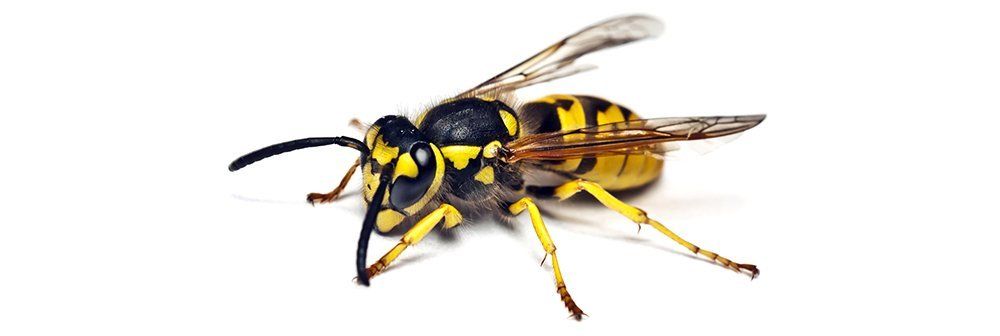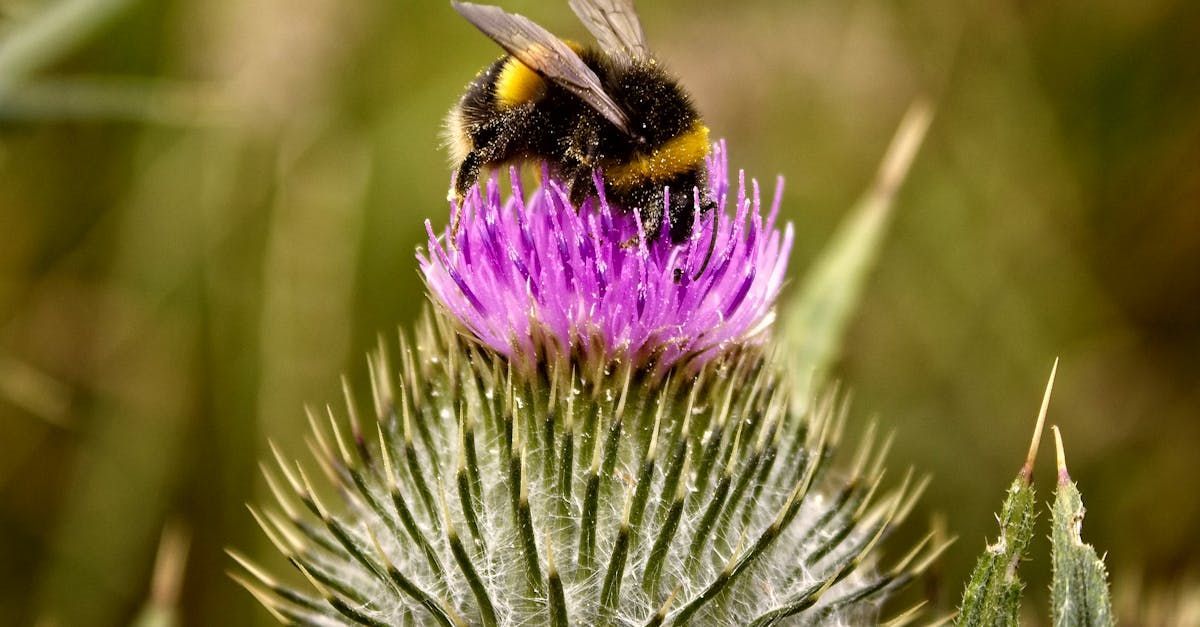STINGING INSECTS
WASPS

There are several species of wasp but the most common you will find is the European wasp. Contrary to popular belief, not all wasps sting – only female wasps sting. Their sting is painful and can cause an anaphylactic shock in some individuals and in some extreme cases, death. However, a person can develop an anaphylactoid reaction to stings at any point in their life. Stings can also be fatal in high numbers – therefore, anywhere between 1-30+ simultaneous stings can be fatal. Their risk to a single individual will depend on the number of simultaneous stings, the location of the sting, the person’s physiology and sensitivity to the sting. The sting also introduces bacteria into the site of the sting as wasps carry bacteria on their bodies from their indiscriminate contact with different food sources including decaying matter and manure, etc. However, wasps also bite and can introduce bacteria into the wound, causing a reaction.
Wasps have a complicated life cycle. The queen will hibernate over winter in the lofts of homes. They may be aroused over the winter months when you enter your loft and allow warm air to enter the loft space. However, queen wasps will only fully awaken and start nest building in Spring, around May. Each queen will start a new nest every year – the combs are horizontal in appearance. The young grub wasps are fed protein foods by the queen and in return, produce sugars which the queen feeds on. As the nest grows, grubs mature into adult wasps. The adult females feed protein foods to the next generation of young grubs and the cycle continues. However, as the nest grows, the grubs are eventually outnumbered by the adult wasps which result in many hungry adult female wasps. Consequently, the hungry, aggressive adults go in search of food and it is at this point in the year that they frequently come into contact with people. In early autumn, the new queens have hatched out, mated and go into hibernation to re-emerge the following spring.
Wasps also emit a pheromone when they are under attack or dying which attracts other wasps to the area. Wasps are also attracted to light, so you may unknowingly disturb a nest in your loft by using a light or torch.
Badgers are the only natural predator to wasps, feeding on the grubs. Their thick skins help reduce their susceptibility to stings. However, as they cannot climb trees, they can only eat the grubs from wasp nests in the ground or earth banks. If you have a wasp nest on your property, talk to one of our expert technicians about eradicating it and proofing your property to prevent further nests in the future.
HORNETS

A hornet’s sting is three times worse than a wasp sting!! We recommend you speak to one of our expert technicians about eradicating a hornet nest and proofing your property against further nests in the future.
BEES

As a company, we work with local beekeeping organisations to relocate bees wherever possible as they play a crucial role as pollinators in our environment.



